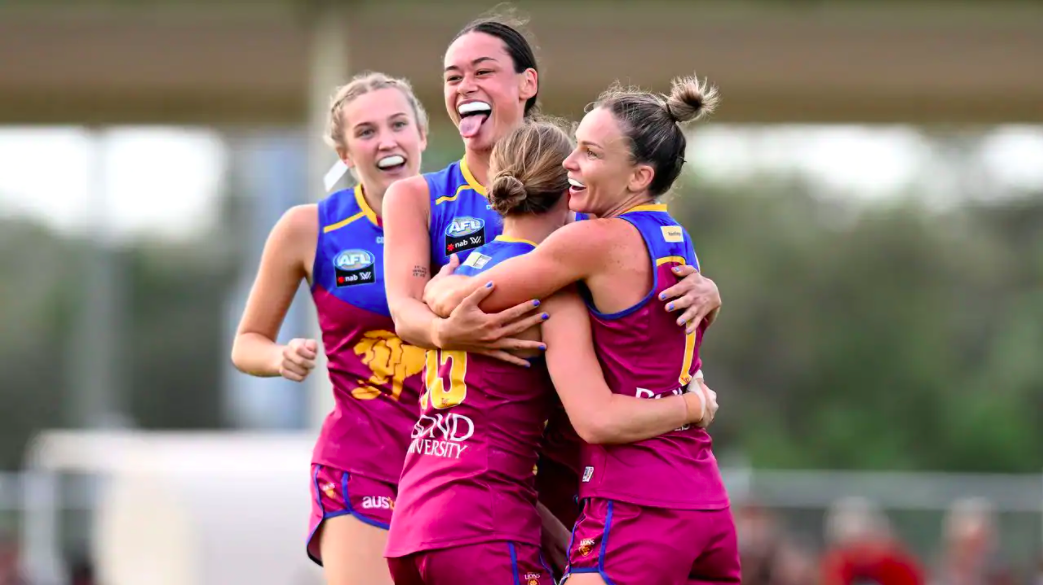The territory battle: Why is Brisbane better at stoppage clearances than centre clearances?

ONE thing that has been consistent about Brisbane’s season thus far is its dominant wins. The Lions have won their first four matches in convincing circumstances, some by as much as over 10 goals.
However, if you delve deeper into the stats, there is an interesting disparity in Brisbane’s game, and it is in the clearance counts.
After the first four rounds of this season, the Lions are currently +9 in overall clearances, -7 in centre clearances, but +16 in stoppage clearances.
So why is that? Why the disparity? We set out to investigate why, and hopefully find an answer, using Brisbane’s win over Melbourne last weekend as a case study.
FIRST QUARTER
The first quarter saw Melbourne get out to a quick start, but Brisbane got a major on the board late.
The vast majority of the ball ups – centre, boundary and around the ground – were hotly contested situations with clean clearances hard to come by for much of the quarter.
Many of the stoppage clearances in particular were won by the player who positioned best at the fall of the ball, often one in Lions colours, which goes a small way towards deciphering why the Lions are much better at stoppage clearances than centre clearances.
It is easier for them to get to the right place and follow the fall of the ball at a stoppage because they can start closer to the ball, and therefore spend less time getting to the it and more time and focus on making sure they are in the right place.
SECOND QUARTER
As the Lions started to gain dominance in both the territory and scoreboard battle, the cleanliness of their clearances improved as well.
The stoppages were still tough and congested, but Brisbane began to find their way out of them a bit easier through the likes of Ally Anderson, Cathy Svarc and Isabel Dawes.
When it came to centre clearances in particular Svarc really lifted her game in the second term, and proved to be really valuable in trying to get the ball out of the middle where it has not been such a straight forward task for her side in the first term.
THIRD QUARTER
One characteristic of many of the stoppages of the third term was that the clearance did eventually come, but not straight away.
It would bobble around in the pack or between a few players before one team could eventually find the space to get it to a free team mate and to get the clearance out.
The clearance wins were fairly even between the two teams, which in the end shows that both teams were bringing the pressure, but perhaps not as much as they were earlier in the game.
FOURTH QUARTER
Much like what happened in the second term, the fourth quarter started with a correlation between Brisbane winning the scoring battle and the easiness with which they found it to be able to clear the ball from a stoppage.
There were more 50-50 even clearance battles in the last term then there was in the second, but that correlation previously mentioned was still there.
CONCLUSION
While there is no definitive proof from this game alone as to why Brisbane are that much better at stoppage clearances than at centre clearances, there may be a working theory.
It is easier for Brisbane’s midfielders to get to the right places and follow the fall of the ball at a stoppage because they can start closer to the ball, and therefore take an immediate hold on where the clearances heads.
Brisbane’s midfielders have the football smarts to maximise that when they do not have to worry about where their direct opponent is. Starting closer to the ball can also ensure the Brisbane midfielders can utilise the advantage of their pace.
The speed with which the two types of ball ups also may play into this as well. Around the ground ball-ups are much quicker than the centre ball-ups are, which gives less time for midfielders to worry about marking up on each other and forces them to focus more on themselves and their placement in relation to the flight of the ball.





















